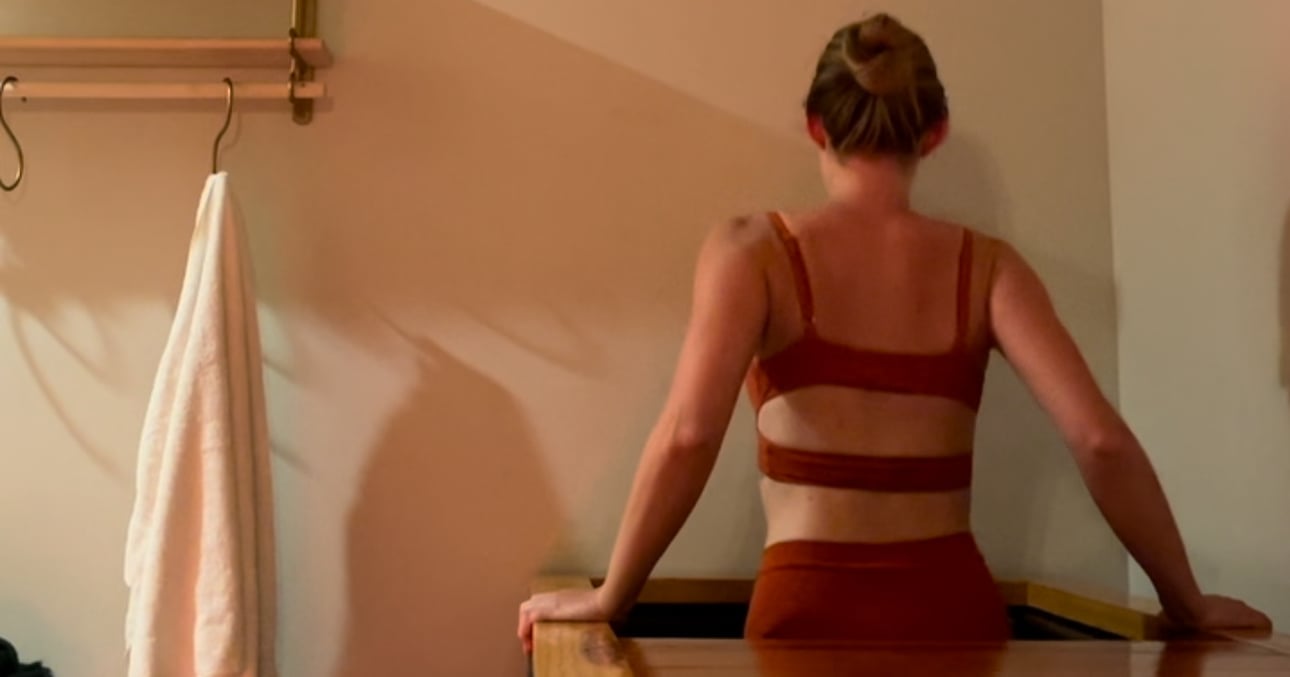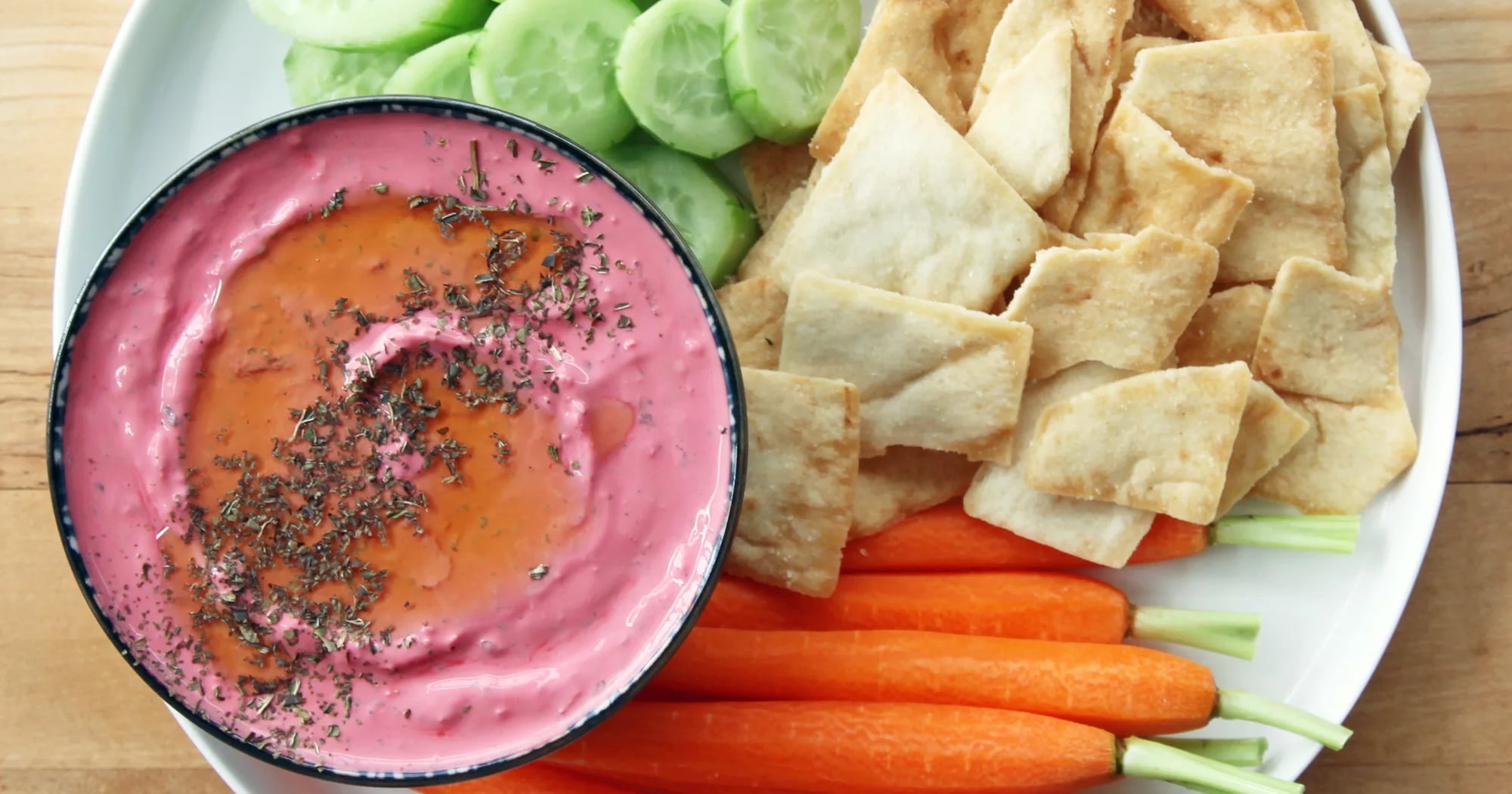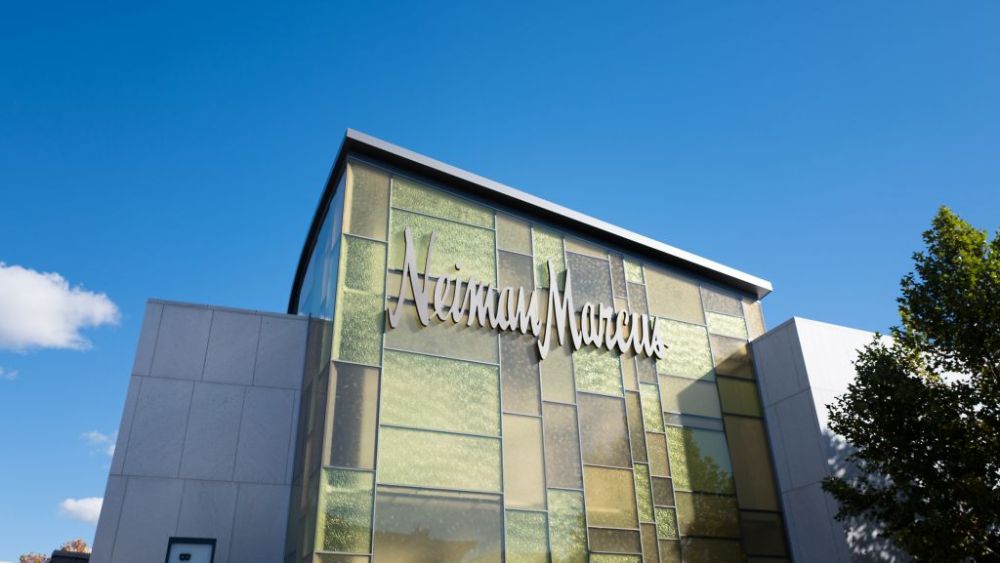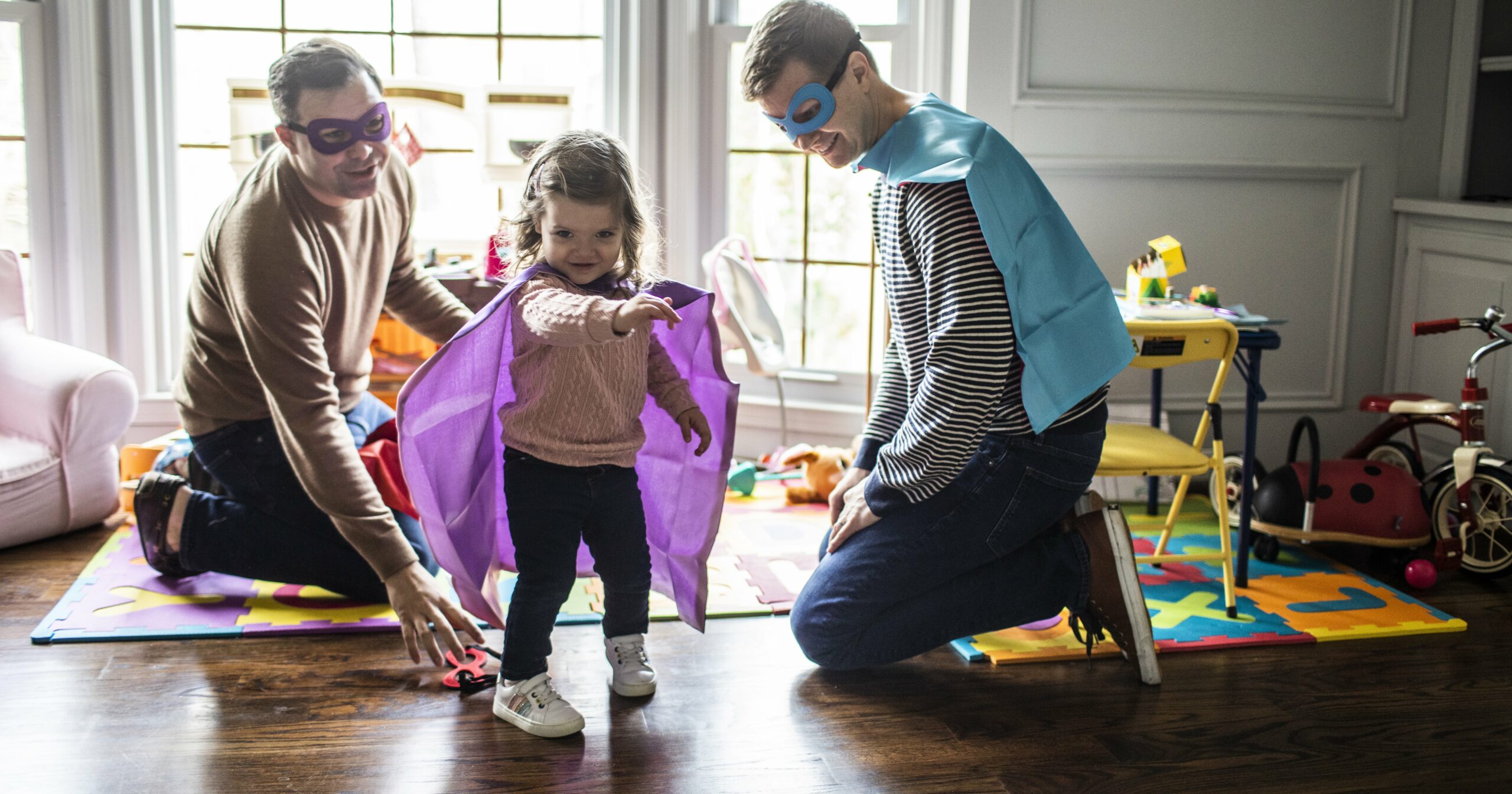When I say “check into a private suite”, what image comes to your mind? Probably a luxe hotel room. Or maybe a VIP box at a sporting event. But you likely wouldn’t picture walking into a space that holds both a giant cold plunge tub and an infrared sauna, right?
Well, that’s exactly the kind of suite I experienced at Pause Studio in Los Angeles. As their website states, Pause is “redefining one-stop-wellness for today’s demanding lifestyle” – with a cryotherapy chamber, a flotation therapy tank, infrared saunas, vitamin therapy (IVs), and an LED light bed all in one place. But, for me, the hero wellness offering is contrast therapy.
What Is Contrast Therapy, Exactly?
Put simply, contrast therapy involves switching from hot to cold (or cold to hot). And while it’s become pretty buzzy in US wellness culture recently, it’s not exactly a new practice. Moving from cold plunge to dry sauna has been a part of Scandinavian culture for over a thousand years.
But why go through this bizarre torture, you ask? Well the practice has a number of potential health benefits.
“Contrast therapy may stimulate your own body’s natural healing ability by responding to the sudden changes (hot/cold) with blood vessel constriction, alternating with blood vessel dilation to possibly improve circulation,” says Dawn Rene Johnson, DO, a provider at Parsley Health.
Because of that physiological response to extreme temperature changes, research suggests that contrast therapy may help reduce delayed onset muscle soreness and improve circulation.
“It is a small amount of metabolic stress that can provide a gentle reset to the injured tissue without stimulating it too much causing further injury,” Dr. Johnson says.
While the word “stress” may set off alarm bells, the type of micro stress you experience when hopping from cold water to a hot sauna can be positive; it’s called “hormesis” or a “hormetic stressor,” which is thought to trigger autophagy – aka the biological process in which the body cleans out and repairs cells.
What’s more, contrast therapy may support your energy levels. One meta analysis published in the Journal of Strength & Conditioning Research in 2017 found that contrast bathing helped athletes recover from fatigue after events faster than cold water immersion alone (48 hours versus 72 hours, respectively).
With all these potential perks buzzing in my brain, I was ready to go all Katy Perry on my wellness routine (you know, “Hot N Cold”).
My Experience With Contrast Therapy
Checking in at Pause Studio wasn’t unlike checking in at a spa. I was given a plush robe and some slippers, then guided down a softly-lit, earth-toned hallway to my room. However, instead of a masseuse or facialist waiting on the other side of the door, I was greeted by a cold plunge bath, a spacious infrared sauna, and my own private shower.
Before leaving me to my own devices for an hour, the Pause team-member gave me a full rundown: Ideally I should spend nine minutes in the sauna, followed by three minutes in the cold plunge, then three minutes of rest. This would mean I’d get about four total rounds of contrast therapy before my hour session came to a close. With that, I changed into my swimsuit and got started.
The infrared sauna was equipped with Bluetooth, which meant I could play music from my phone while I got nice and toasty. During the first round, I opted to cue up a nine-minute guided meditation to get in the right headspace before tackling the arguably more challenging part of experience (looking at you, cold plunge). I moved through some intentional breathwork, and I could feel beads of sweat sliding down my back as those nine minutes came to a close.
Next, I made the short journey over to the cold plunge tub. Honestly, after working up quite a sweat, hopping into some chilly water sounded pretty enticing. I climbed the steps next to the tub, and sat on the edge. I took a deep breath and then slowly slid my body into the frigid water (48 degrees, to be exact).
I’ve done a number of cold plunges in my day, but the shift from sweating to freezing was jarring, to say the least. I felt pretty grateful for the breathing exercises I’d been practicing just moments earlier, because they definitely came in handy to steady my panicked breath. After about 15 seconds, I was able to settle in and accept the cool water blanketing my body. And as I neared a full minute in the tub, it actually felt . . . nice. I continued to breathe with intention and while I admittedly, kept checking the time, the three minutes passed by quicker than I expected.
I pushed my body out of the tub and clocked how my skin nearly matched my red bathing suit. As much as I wanted to immediately hop back into the sauna, I took that recommended couple-minute break before kicking off round two.
This time, I cued up a motivational podcast during my sauna sesh, and opted to play some music during my plunge. I strategically picked a three-minute song (Taylor Swift’s “Lavender Haze”), so I could just let the music play and get out of the water once the song reached its last note, rather than frantically check my phone.
Each pivot from sauna to plunge got a bit easier, as if my body knew what to expect. By the time I climbed out of the tub on my fourth round, I was almost bummed it was already over.
After enjoying a hot rinse in the spa-like shower, I got back into my jeans and t–shirt. Before carrying on with my day, I had the option to sip a cup of warm tea in the studio’s soothing mindfulness room, which is adorned with rounded, wood-paneled walls, meditation cushions, and an earthy concrete floor.
As I was about to leave, another Pause patron sat down, and asked what treatment I’d tried. After telling him, he mentioned he does contrast therapy here whenever he’s in LA. “I never feel more awake or alert than after these sessions,” he said to me. “It takes care of jet lag, and then I can hop right into a meeting. I don’t even need coffee.”
Does Contrast Therapy Actually Work?
I had to agree with this random guy – I felt super alert and awake for the rest of the day. I cranked through my work tasks in the hours that followed, and felt really clear-headed.
I wasn’t experiencing any kind of soreness at the time, so I can’t exactly speak to the muscle-recovery benefits. And, of course, some of the bigger potential perks require longer-term usage.
One unexpected side effect: I felt pretty cold for a good hour following my session, as if the cold had settled into my body (the phrase “chilled to the bone” had never felt more accurate). I was totally fine, but it did make me curious if there are any reasons someone should skip this type of practice.
Any Cautions Against Contrast Therapy?
Contrast therapy may not be right for everyone. Anyone with an underlying medical condition that could be exacerbated from either therapy – including uncontrolled hypertension, heart rate issues/arrhythmias, deep vein thrombosis, Raynaud’s syndrome, or other circulatory issues, including uncontrolled diabetes – should probably steer clear, or at least speak to their doctor before giving it a try, says Dr. Johnson. She also says you should stay away from cold therapy if you have an open wound, to avoid infection.
Additionally, if you’re new to cold, hot, or contrast therapy, Dr. Johnson suggests easing into the practice: start with two to five minutes of hot, then one minute of cold. You may also want to start with just 30 minutes total, rather than an hour (Pause offers both lengths).
She also says it’s important to use clean, uncontaminated water and to check the temperature of the water before sinking your entire body in – anywhere in the 38 to 50 degree Fahrenheit range is great, but not any colder.
All that said, I’d personally recommend giving this type of wellness practice a go. After all, in addition to mounting research, there’s a millennia of tradition to back it up.
As for Pause Studio specifically, I tried the West Hollywood location, but they also have studios all over LA – and, there are locations coming to Arkansas, Tennessee, Georgia, and Florida soon. If there isn’t one near you, other spas may offer similar treatments.
Kristine Thomason is a lifestyle writer and editor based in Southern California. Previously, she was the health and fitness director at Mindbodygreen and the fitness and wellness editor at Women’s Health. Kristine’s work has also appeared in PS, Travel + Leisure, Men’s Health, Health, and Refinery29, among others.




